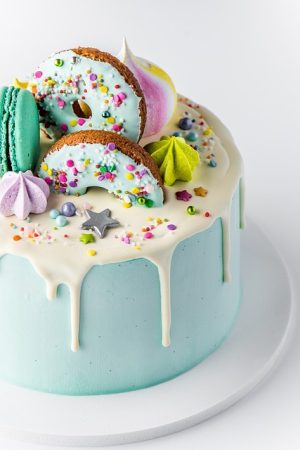For new longboarders, selecting the right board involves balancing riding goals and style with deck shape, material, and flexibility. Choose a 7-ply maple or composite deck for beginner-friendly strength and flex. Opt for longer, softer boards for cruising and carving, or shorter, stiffer decks for tricks. Flexible decks offer smoother rides and better control. Protect your board with durable finishes and maintain it with cleaning and conditioning. Select trucks, wheels, and bearings that enhance speed, maneuverability, and comfort. Advanced features like drop-down platforms and composite materials elevate performance. Customize your longboard's graphics and components to express yourself while riding.
Looking to jumpstart your longboard journey? Choosing the right deck is key. This guide breaks down everything you need to know about flexible deck options, catering specifically to first-time skaters. From understanding deck materials and shapes to learning about durability and customization, we’ve got you covered. Discover how the right deck can enhance your ride quality and explore advanced features as your skills grow. Find your perfect longboard match today!
Choosing the Right Longboard for Your First Experience
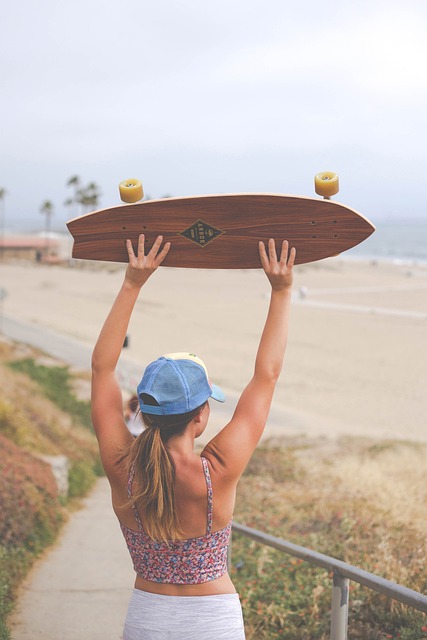
When it comes to selecting a longboard for your inaugural venture into this thrilling world, consider your goals and riding style as your primary guides. For beginners, stability is key; opt for boards with larger wheels and softer bushings for smoother rides and easier turning. Deck shapes matter too – choose drop-through or pin tail designs for enhanced maneuverability and control while learning to carve and turn.
Remember, a beginner-friendly longboard should offer a balance between versatility and performance. Go for deck sizes that accommodate your height and riding style, and ensure it feels comfortable in your hands. With the right board by your side, you’ll be cruising, carving, and dancing on the streets (or wherever your adventures take you) before you know it!
Deck Materials: Understanding the Basics

When considering deck options, especially for those new to longboarding, understanding the basics of deck materials is essential. Decks are typically made from seven main types of materials: 7-ply maple, composite, bamboo, carbon fiber, wood/resin composites, and aluminum. Each material offers unique advantages and drawbacks in terms of durability, flexibility, weight, and cost.
7-ply maple decks are commonly used by beginners due to their balance between strength and flex, making them suitable for various riding styles. Composite decks combine multiple layers of materials like fiberglass and epoxy resins, offering superior strength, minimal warp, and a wide range of designs. Bamboo and carbon fiber decks are known for their exceptional stiffness and lightweight properties, ideal for advanced riders seeking precision in their maneuvers.
Deck Shapes and Their Benefits for Beginners
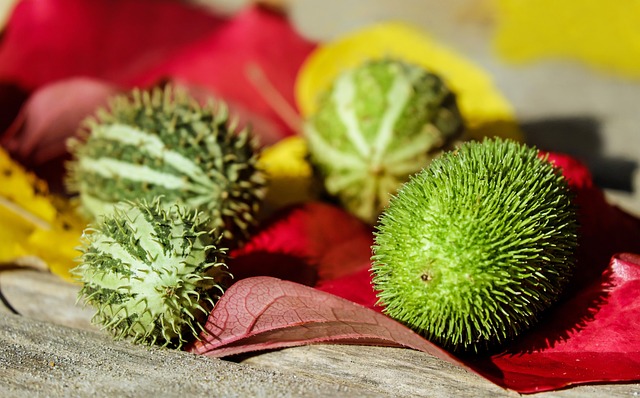
For beginners looking to get into longboarding, understanding different deck shapes is a crucial first step. The shape of a longboard deck directly impacts its ride and handling characteristics, making it essential for newcomers to choose one that aligns with their desired style and skill level. Generally, longer boards have softer, more flexible decks, offering a smoother glide and easier turning, ideal for cruising and carving. These shapes are perfect for beginners as they provide stability and make learning basic maneuvers like leaning, carving, and gliding more accessible.
On the other hand, shorter boards feature stiffer decks, providing enhanced pop and agility. This design is advantageous for those who want to perform tricks, as it allows for quicker responses and more control during jumps and flips. As beginners gain confidence and skill, transitioning to a shorter deck can offer a more dynamic riding experience while still retaining the stability necessary to build expertise safely.
Flexibility in Design: How It Improves Ride Quality
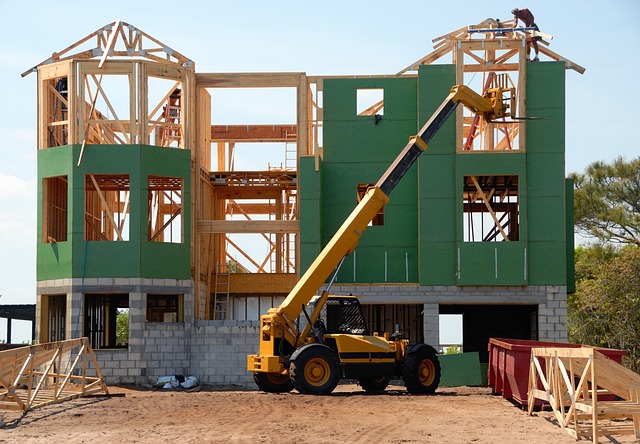
Flexibility in deck design plays a significant role in enhancing ride quality, especially for longboarders, including beginners. Decks that offer subtle flex and give provide a smoother and more comfortable experience compared to stiffer decks. This is particularly beneficial for new riders who are still learning to balance and control their speed. A flexible deck can absorb bumps and imperfections in the road surface, preventing sudden jerks or vibrations that might disorient the rider.
For beginners on longboards, this flexibility allows for a more predictable and enjoyable ride. It enables them to focus on mastering turns, carving, and maintaining speed without worrying about an uneven deck affecting their balance. Advanced flex patterns can even cater to different riding styles, allowing riders to customize their experience further. This level of adaptability in design ensures that longboards cater to a wide range of users, from beginners looking for stability to experienced riders seeking precision and control.
Durability and Maintenance: Tips for Long-Lasting Boards
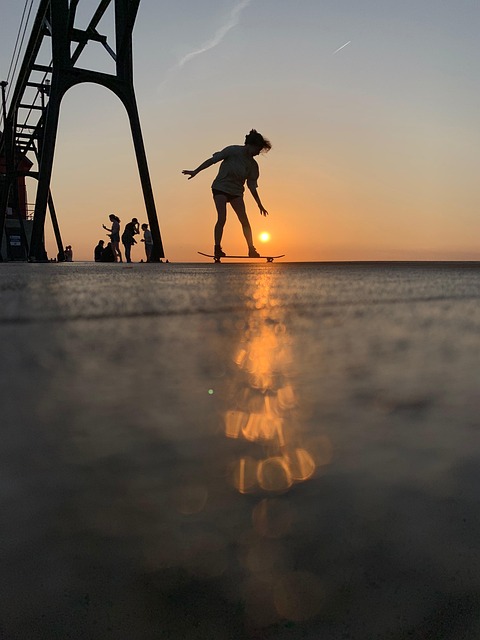
Flexible deck options are a key consideration for any longboarder, especially those new to the sport who are looking for durability and ease of maintenance. When investing in a longboard for beginners, keep in mind that the quality of the deck directly impacts its longevity. Choose decks made from resilient materials like 7-layer maple or carbon fiber composite. These materials offer superior strength and flexibility while also withstanding regular use and potential drops.
Regular cleaning and conditioning are essential to keeping your longboard in top shape. Remove dirt and debris with a soft brush, then apply a protective coat of wax to the deck’s surface. This simple routine not only enhances grip but also shields the board from moisture and UV damage, ensuring it remains in excellent condition for years to come.
Top Layer Finishes: Adding Style and Protection

When it comes to enhancing your longboard for beginners experience, the top layer finish plays a crucial role in both aesthetics and functionality. From sleek matte finishes that offer a modern look to vibrant, eye-catching glossy options, these coatings not only transform the visual appeal of your board but also serve as a protective barrier. For beginners looking to express their unique style while cruising down the street or exploring local trails, top layer finishes provide an accessible way to customize their longboard for beginners without breaking the bank.
Choosing the right finish is essential, considering factors like weather exposure and the type of riding you plan to do. Water-resistant options are ideal for those frequent rain showers, while UV-protective coatings guard against sun damage over time. Regardless of your preference, these finishes ensure your longboard for beginners remains in top condition, allowing you to focus on perfecting your turns and enjoying the ride without worrying about the board’s longevity.
Trucks, Wheels, and Bearings: The Underlying Support System

When it comes to flexible deck options, especially for longboard for beginners, the underlying support system plays a crucial role in determining the board’s performance and versatility. Trucks, wheels, and bearings are the unsung heroes that connect your deck to the ground, enabling smooth turning and carving.
Trucks, made of durable materials like steel or aluminum, come in various shapes and sizes, each designed for specific styles of longboarding. Wheels, available in different durometers (hardness levels) and diameters, impact speed, maneuverability, and comfort. Bearings, typically made of ball or needle bearings, ensure the wheels rotate smoothly, reducing friction and enhancing overall ride quality, especially on irregular surfaces. For beginners, choosing the right combination of trucks, wheels, and bearings can significantly improve control and confidence while cruising and carving.
Advanced Deck Features for Growing Skaters

For growing skaters looking to elevate their longboard for beginners experience, advanced deck features offer a world of possibilities. Beyond the classic shapes and materials, modern decks incorporate innovative designs tailored to enhance performance and control. These include drop-down platforms that provide lower centers of gravity for easier turning and carving, as well as cutouts that reduce weight while maintaining structural integrity, allowing for greater maneuverability.
Additionally, many advanced decks feature textured surfaces for improved grip during high-speed rides and intricate graphics that not only add aesthetic appeal but can also serve as visual cues for different riding styles. Some even incorporate composite materials like carbon fiber to further bolster durability and dampen vibrations, ensuring a smoother, more responsive ride for skaters looking to push their limits on the longboard for beginners.
Customization Ideas to Personalize Your Longboard

When it comes to customizing your longboard, the possibilities are endless. For a longboard for beginners, consider starting with basic graphic designs or color schemes that match your style and personality. You can choose from a variety of patterns, from minimalist to vibrant and bold, allowing you to express yourself while cruising down the street.
Don’t forget about add-ons like custom trucks, wheels, and bearings. Upgrading these components not only enhances performance but also gives your board a unique look. Whether you’re aiming for better control, speed, or simply a one-of-a-kind design, there’s an option to suit every beginner longboarder’s preferences.
